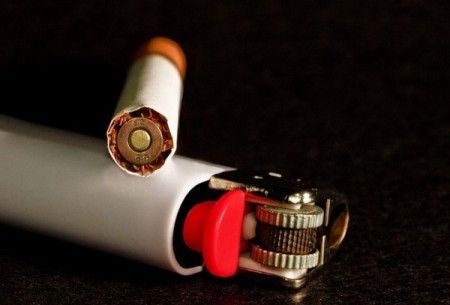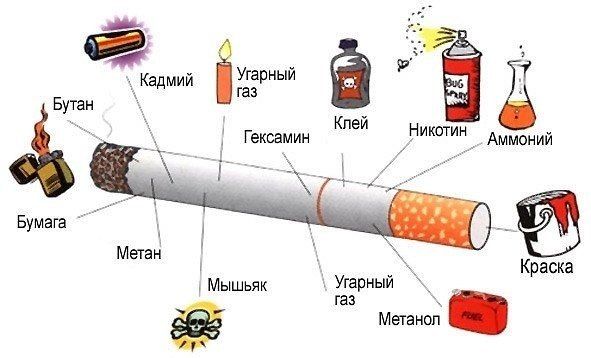New publications
Tobacco contains poisonous substances that are not regulated by law
Last reviewed: 01.07.2025

All iLive content is medically reviewed or fact checked to ensure as much factual accuracy as possible.
We have strict sourcing guidelines and only link to reputable media sites, academic research institutions and, whenever possible, medically peer reviewed studies. Note that the numbers in parentheses ([1], [2], etc.) are clickable links to these studies.
If you feel that any of our content is inaccurate, out-of-date, or otherwise questionable, please select it and press Ctrl + Enter.

Spanish researchers from the University of Alicante analyzed 10 brands of cigarettes and found that the concentration of certain carcinogens in them varied significantly.

Until now, these compounds have not been regulated by law. Limits have been set only for nicotine, carbon monoxide and tar.
According to the current legislation, smokers can read information on the amount of nicotine, tar and carbon monoxide on cigarette packs to know that the permissible doses are not exceeded. However, the amount of these substances is not always proportional to the toxicity level of other compounds, and therefore other parameters are required to determine the toxicity level of tobacco products.
These are the conclusions reached by scientists from the University of Alicante. The results of their work were published in the journal Food and Chemical Toxicology. The specialists examined gases and macroparticles (tar) in ten brands of cigarettes. Seven of them were British or American (Marlboro, Winston, Chesterfield, Camel, L&M, Lucky Strike and John Player), and three were Spanish brands (Fortuna, Ducados and Nobel).
"Even though all the products appear to be the same, there is a difference in the relative content of certain carcinogenic and highly toxic substances in milligrams per cigarette," says study co-author Maria Isabel Beltran.

According to the study, the proportions of various compounds in cigarettes of different brands are within the normal range. But there are some substances that may exceed the permissible dose, such as isoprene, crotonaldehyde and toluene. These substances are the most harmful and carcinogenic.
A similar situation occurs with particulate matter. The content of hazardous substances such as cotinine and hydroquinone is higher in certain brands of cigarettes than in others.
Scientists also noted that cigarettes with more tobacco are usually inhaled less due to the better-compacted tobacco and, accordingly, less oxygen.
The level of carbon monoxide in cigarettes from Spanish manufacturers was average, and in one brand it exceeded the permissible level - instead of 10 mg, 11.1 mg were detected in a cigarette.
